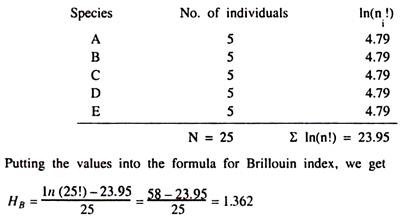There are three types of bone cells present in human body: 1. Osteoblast 2. Osteocyte 3. Osteoclast.
Bone Cell # 1. Osteoblast:
This is concerned with bone formation and is found in the growing surface where the bony matrix is deposited. This cell is strongly basophilic and cuboidal or pyramidal in shape and its nucleus is large with a single distinct nucleolus.
There is a well-marked Golgi apparatus. The cell secretes the bone matrix and thus calcification takes place. For its important function of calcification, bone-forming osteoblast possesses a rich concentration of enzyme, alkaline phosphatese in the cytoplasm. The cytoplasm has got affinity towards basic dye due to presence of a large amount of rough-surfaced endoplasmic reticulum with its associated ribosomes.
Bone Cell # 2. Osteocyte:
It is the trapped or imprisoned osteoblast within the organic matrix. Osteoblast becomes trapped within its own secretory material-the matrix. Thus the osteocyte remains trapped within the lacuna (small lake). This cell has small ovoid, highly chromatic nucleus.
The cytoplasm of osteocyte is faintly stained with basic dye and contains lipid droplets, granules and also glycogen. The osteocyte has got no active synthesizing properties. Fine cytoplasmic processes extend for a certain distance into the canaliculi and these canaliculi which are irregularly oval on the flat and biconvex on the edge radiate out from the lacunae.
As osteoblast had numerous slender cytoplasmic processes, small cinaliculi extend from each lacuna out in the osseous matrix, osteocyte is separated by the matrix from each other and connects indirectly with each other by canaliculi.
Bone Cell # 3. Osteoclast:
It is a giant bone cell with about twenty or more darkly stained nuclei and lightly eosinophilic cytoplasm and is formed in the area where active resorption of bone takes place.
It is often found in a hollow pit, known as Howship’s lacuna, near the surface of bone. There is of opinion that Osteoclast is originated from the fusion of many osteoblasts or from osteocytes and chondrocytes liberated in the process of reception of bone and cartilage matrix.
Osteoclast is not a pinocytic cell, but probably it secretes a proteolytic enzyme to dissolve bony tissue. This cell is associated with the process of growth and remodelling of bone. So its function is to resorb or destroy bone.
